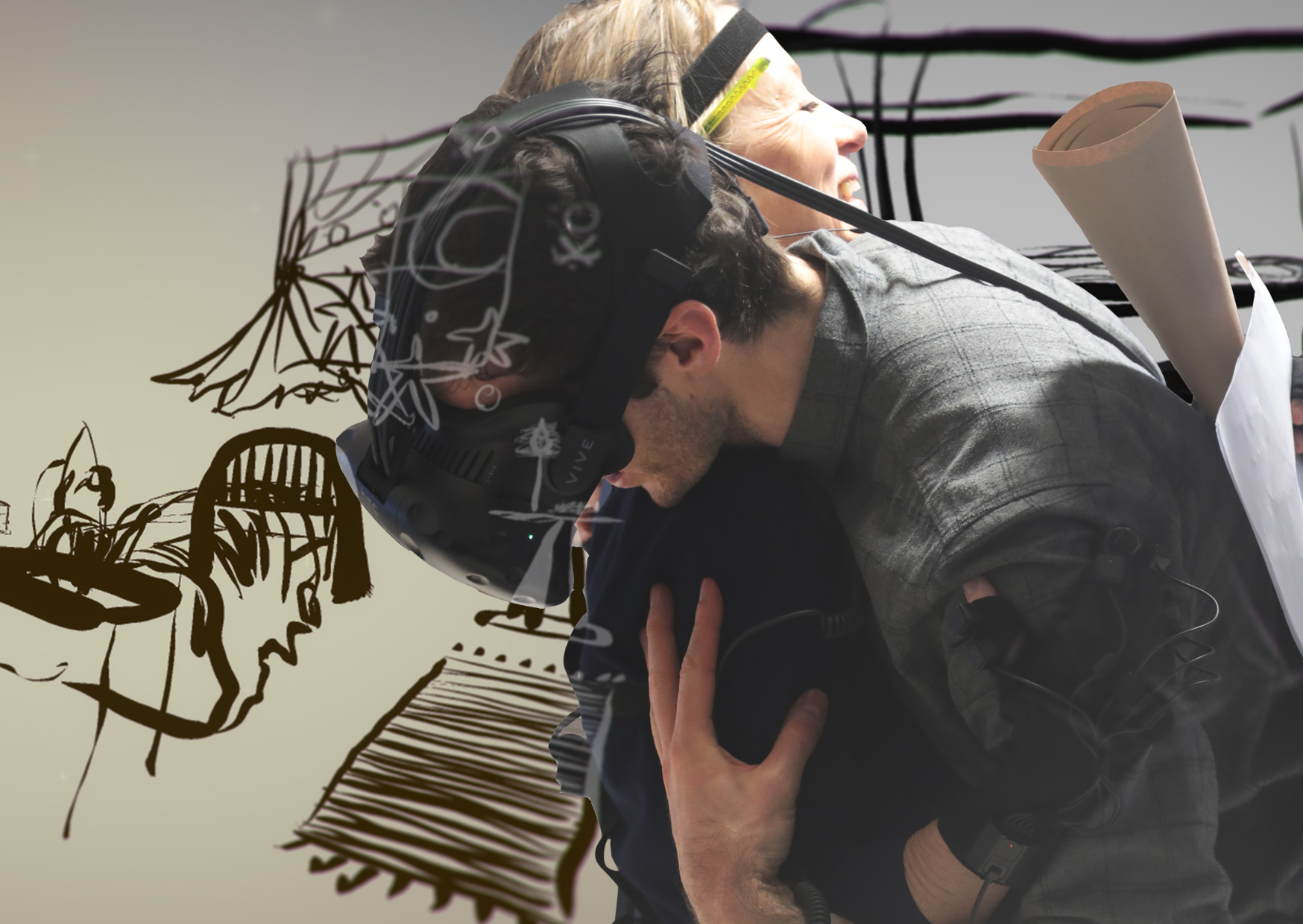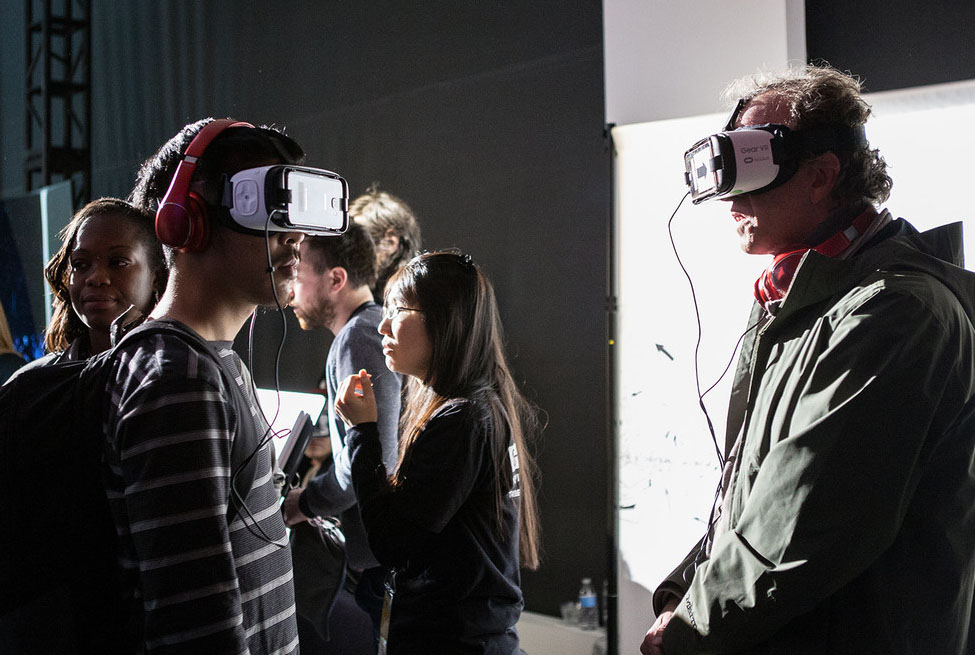The Tribeca Film Festival kicks off this week, and one of its main showcases includes Tribeca Immersive, which debuted as two separate exhibits (The VR Arcade and Storyscapes) last year. This time around, the two exhibits are being brought together into one event, which will run from April 21 to 29, and features multiple worldwide premieres on a variety of virtual reality platforms. Sponsored by AT&T, Storyscapes will include six virtual reality projects from four countries. At the same time, The VR Arcade will showcase 23 experiences from six countries, with 17 of them being world premieres.

AListDaily talks to Loren Hammonds, programmer and live events producer at Tribeca Film Festival, about the event’s second annual VR showcase and how the medium continues to grow.
“VR has grown in a major way over the past year, mainly due to the way the creators have led the charge,” said Hammonds. “We’re now seeing VR move beyond the demo phase and into an age in which a lot of creators are putting story front-and-center as they acknowledge the storytelling benefits that the technology offers.”
When asked about how this year’s Tribeca Film Festival VR exhibit compared to last year, Hammonds said that, “this year’s showcase is different in a few ways. First is the fact that The Virtual Arcade now also houses the Storyscapes selections. Now that both programs are running concurrently under the Tribeca Immersive banner, which allows for a larger and more varied exhibition while also allowing the work to be available for a longer period of time during the festival (April 21st-29th). Next, in terms of content curation, we had such amazing submissions this year, along with new work from creators that we have wonderful relationships with. This made curating the program a bit more difficult but also more exciting. I think that there are some remarkable breakthroughs in the program that reflect not just where VR is at the moment, but also where it can go in the future.”
This year’s VR Arcade features a number of world premieres. We asked Hammonds for his thoughts on how creators have taken to VR. “Creators are definitely taking to VR very enthusiastically, and many are still coming from different disciplines to build the grammar around this new medium,” he said. “This year alone, we have Academy Award winner Kathryn Bigelow collaborating with Imraan Ismail for their piece, The Protectors: Walk in the Ranger’s Shoes. Steven Schardt, who is an accomplished indie film producer, has his debut VR experience Auto premiering in the Arcade, which is a beautiful piece of storytelling in VR. We also continue to have established pioneers like Chris Milk & Aaron Koblin, Gabo Arora & Ari Palitz, Felix & Paul and more, who are all showcasing or premiering their remarkable new work. It’s an embarrassment of riches, which means that they are all doing something very right to be able to continue creating at this level.”

When asked whether the majority of experiences used premium headsets or mobile devices, Hammonds said, “we have a fair split between mobile and premium or room scale-capable devices this year. Surprisingly, the amount of room scale experiences has actually grown this season. I think this is mainly due to the excitement and innovation of developers and creators to build experiences that allow for richer interactivity and fuller immersion.”
Hammonds believes that artists adopt mobile or premium VR platforms depending on the stories that they are trying to tell. “We have many different types of experiences in the program, and some are just more suited to mobile as opposed to premium and vice versa,” said Hammonds. “That said, mobile experiences are definitely improving as adoption has begun to take root with the evolution of the mobile headset. Right now, these are the most easily distributed forms of VR content, so I think we’ll continue to see improvement along these lines.”
So how fast is VR becoming a mainstream form of entertainment? “It remains to be seen how quickly VR will become a mainstream form of entertainment, but there are a lot of factors that are helping to shepherd it along,” said Hammonds. “The fact that a lot of larger film studios are now creating VR content that are not just marketing pieces, but fully realized standalone experiences will definitely help to open the medium to the mainstream. Exhibition is also a really important component of mainstreaming VR. The more often we have these opportunities to show this work to the public who have yet to purchase headsets of their own, the more likely they are to seek out VR independently. That’s my hope for the immediate future.”

